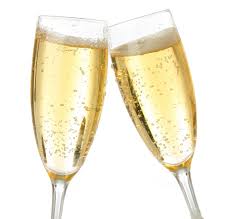 You'll probably drink a lot of Cava over the coming Christmas period, but do you know the history behind it? Three hundred years ago, wine was much more important than it is today. Currently, the annual consumption per capita in Spain is around 15 litres per year, whilst before, the consumption per capita would have been around 150 to 200 litres!
You'll probably drink a lot of Cava over the coming Christmas period, but do you know the history behind it? Three hundred years ago, wine was much more important than it is today. Currently, the annual consumption per capita in Spain is around 15 litres per year, whilst before, the consumption per capita would have been around 150 to 200 litres!
In all probability, the reason justifying this higher consumption would have to be attributed to the need for higher levels of energy that were needed to perform the work that at that time was almost all manual and therefore, required more effort; which implied a higher intake of calories than today. This would explain the importance given to the cultivation of grapes and of all the associated wine industry, which weighed heavily within the economy of the territory, in particular in the area of the Mediterranean. At that time (XVIII century), wines had very different characteristics to current wines, since they were fortified with alcohol and were sold wholesale in vats, barrels or skins.
Already in the XVIII century, the Catalan people knew of the existence of sparkling wines, thanks to the cork manufacturers from the areas of La Selva and the Ampordà (Gerona) since they were the principal suppliers of cork tops to the Champagne manufacturers in France.
In the first half of the XIX century, the first steps are taken in Spain to manufacture sparkling wines following the same method of Champagne, and little by little they become aware that the preparation of these wines should not only be limited to the fermentation in the bottle, but that within the wine regions, locations should be found that due to the nature of their land and climate, would produce maximum quality wines.
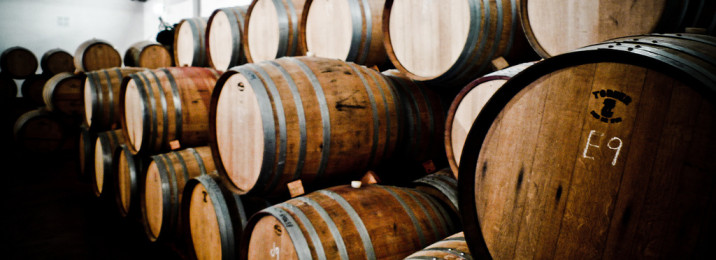
During the second half of the century, some sparkling wines already became outstanding for their quality, winning some medals in international competitions such as the Universal Fairs in Paris or Vienna, to name some.
As from the end of the XVIII century, vine growing becomes the most important farming activity in Catalonia and particularly in the Penedés region.
According to historians, the evolution of this farm product can be attributed to the success obtained in the export of brandy and from the wines produced throughout the second half of the XVIII century and which increased during the XIX century.
But in this latter period the principal role was played by the invasion of phylloxera in the French vines, that as from 1863 stopped producing, and consequently, the Catalan wine producers went through a splendorous unprecedented era, known as the “gold fever” because it made the prices of the Catalan wines rise tremendously, due on the one hand to the scarcity of French wines and on the other to the development of sales by means of railways.
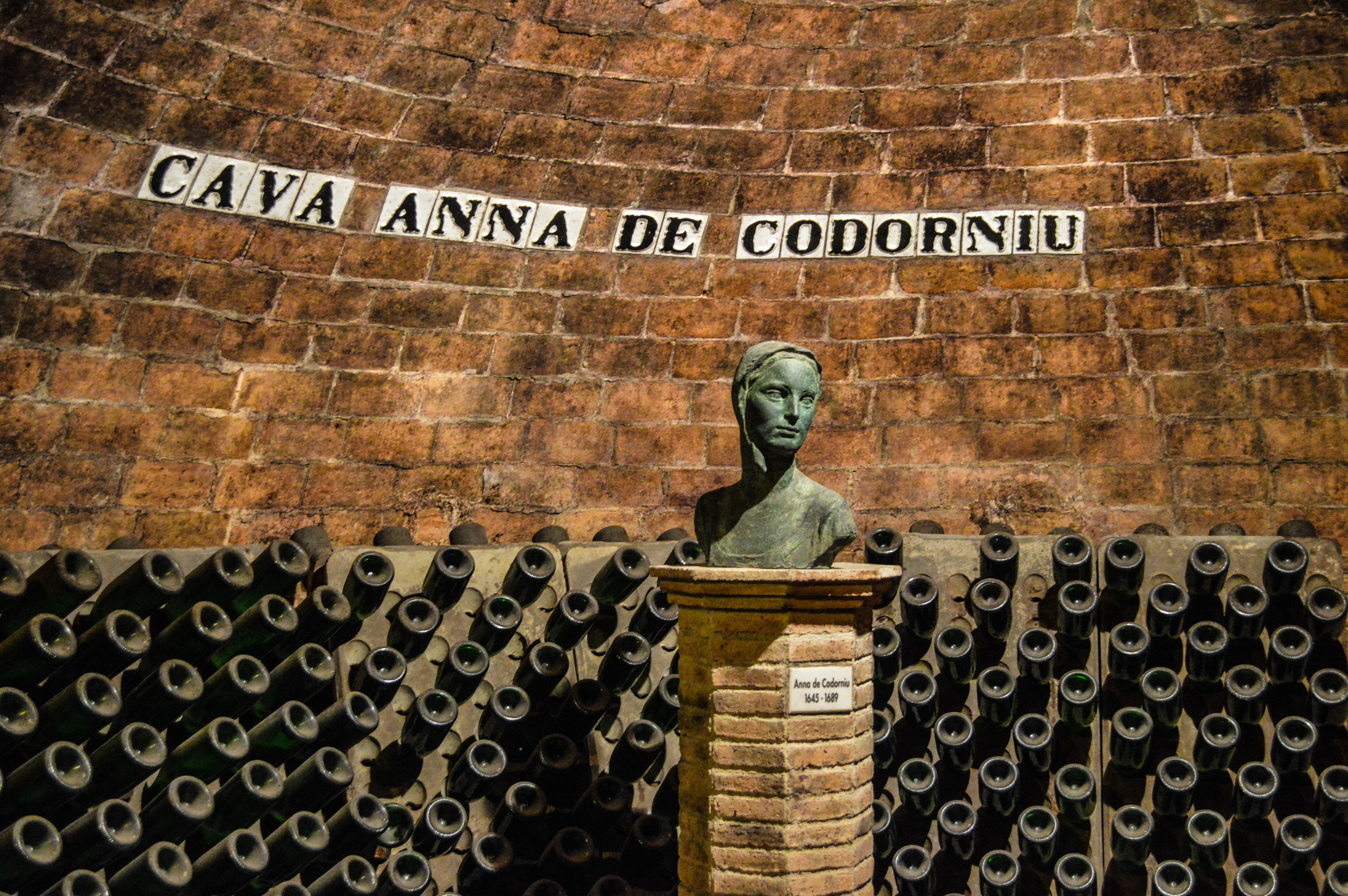 Although at that time it seemed impossible, the great production dream in which the inhabitants of the area lived, would receive a severe blow.
Although at that time it seemed impossible, the great production dream in which the inhabitants of the area lived, would receive a severe blow.
This was phylloxera, a very small insect but very prolific in reproducing, which could at great speed finish off any vine stocks it found in its path eating all the roots.
Phylloxera appeared for the first time in Europe in 1863 through Bordeaux, originating in America. This insect, which advanced at a rate of 40 km per year, first attacked the French vineyards and after a few years, it also attacked the Spanish vineyards.
However, while phylloxera attacked the French vineyards, the Spanish wine producers saw their earnings increased considerably by exporting their wines to France as well as to other countries that France could not supply.
When phylloxera reached Catalonia through Gerona in 1879, the way to fight this insect was already known, this was by grafting the vine to American rootstock that is resistant to the insect.
Once they found a way to combat phylloxera, now they could think of replanting the fields.
In Sant Sadurní d’Anoia, a group of farmers and wine producers, amongst which were Marc Mir and Manuel Raventós, committed themselves to a fast renovation of the vineyards and to the improvement of the sparkling wines that had recently become implanted in Spain and in particular in Sant Sadurní d’Anoia.
The great achievement was not only to have obtained the restoration of the fields but also in making the right decision to determine which kinds of grapes would develop more successfully in these lands.
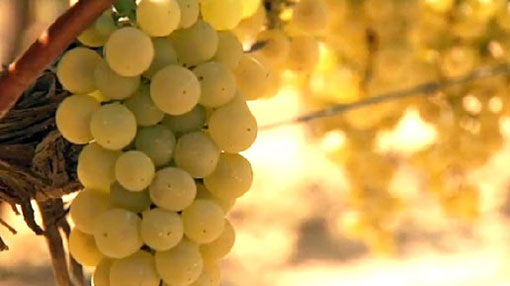 Experiments began to take place with local grape varieties and with others that were already grown in the area, such as Macabeo, Xarel.lo, Parellada, Monastrell and Garnacha, as well as more central European varieties such as Chardonnay and Pinot Noir. The refurbishing of the wine cellars, which at that time had no facilities for cooling the grape must, did not allow for the adaptation of the last two since being earlier varieties (more precocious) were harvested when the summer temperatures were too high, which entailed fermentation problems.
Experiments began to take place with local grape varieties and with others that were already grown in the area, such as Macabeo, Xarel.lo, Parellada, Monastrell and Garnacha, as well as more central European varieties such as Chardonnay and Pinot Noir. The refurbishing of the wine cellars, which at that time had no facilities for cooling the grape must, did not allow for the adaptation of the last two since being earlier varieties (more precocious) were harvested when the summer temperatures were too high, which entailed fermentation problems.
The visit of King Alfonso XIII to the Penedés in 1904 represented a recognition that the sparkling wines produced in the area were quality wines, at the same time reinforcing the area in its self-esteem and promoting its projection.
In this way, little by little the production of sparkling wines is consolidated. In 1911 the official statistics show that the sales of these wines in Spain already exceeded the amount of foreign sparkling wines. At the same time, the development of exports is also carried out towards the Latin American countries with which Spain had always kept a good relationship due to the origin and relationship of its inhabitants.
New technologies are introduced, and the quality in the trade improves and working conditions become increasingly more professional.
The development of society at the end of the ’50s and ’60s provokes an increase in consumption of wines from 5 to 40 million bottles, which obliges winemakers and producers to make increasingly large investments to cover an increase in demand.
This same growth phenomenon also commences to appear in Europe after the Second World War, but while German and Italian sparkling wine producers opt for carrying out the second fermentation in large pressure tanks, French and Spanish producers opt for maintaining the traditional method of obtaining the sparkle naturally with a second fermentation of the wine in the bottle itself.
Intensification of cultivation is already a fact. The industrialisation and commercial aspect of sparkling wine becomes increasingly more important.
One of the most relevant periods with regards to change that takes place in the viticulture sector is, without doubt, the decade of the ’60s. In all spheres, there are profound modifications in the structures with the objective of improving quality. New rules and regulations are established in order to guarantee the quality of the products and improvements in viticulture techniques continue to be introduced. There is an introduction of new technologies in bodega infrastructure, vinification processes are perfected and a good economic level is attained with the increase in sales. As an anecdote, during a symposium on economy held in 1964, it was already being said the Cava (Champán or Xampany as it was called at that time) had very good perspectives both in the national as well as in the international markets and taking into account a future joining of the common market, the future production of cava could reach a roof of 100 million bottles. Today the production of Cava has exceeded 230 million bottles.
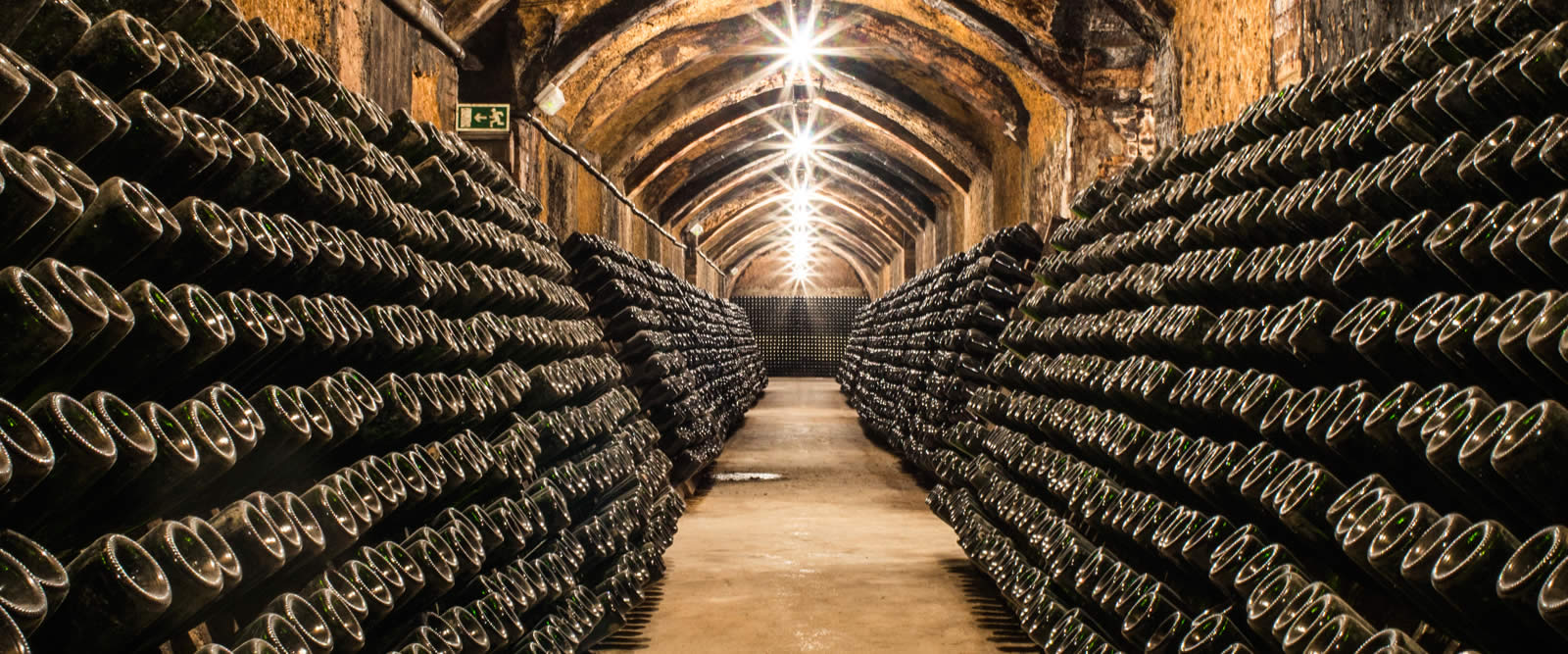
The decade of the 70s was the time when the great expansion of Cava outside the country took place, and it continued to grow until today with a presence in over 120 countries.
Due to legal security matters and economic needs, as from 1932, new regulations are enacted in Spain to regulate the wine sector, which will modify all the legal organisation with the publishing of a framework law, a series of regulations of inferior legal range and the creation of Regulating Councils. The Decree of April 18, 1932, created the “system guarantee of the origin of the wines” and a period of 4 months is set for completing this Decree with a General Statute for Wine.
With the Wine Statute of 1932, the production system is regulated for viniculture products, which represents the very first legislative systemization that is applied in our country. What it is, in fact, is a legal text promulgated with the object of organising all activities of the whole viniculture sector in the Spanish State. Said Statute defines sparkling wines as “those that have carbon dioxide produced within the wines by second alcoholic fermentation in the closed container, that is spontaneously, or produced by the classical method for these productions or variations”.
But it was only later that an Order of 1959 when the first Spanish rules were passed on sparkling wines. It was also in this text when for the very first time in official documents the word “Cava” was used, although this name did not have at this time the etymology which later would become the defining word for sparkling wine.
These rules also set forth that those producers of sparkling wines that wish to state on the labels the type of production must request it from the authorities in order that the label may have a subtitle in smaller letters than those used for “Sparkling Wine”, that mention “Aged and produced in a Cave”.
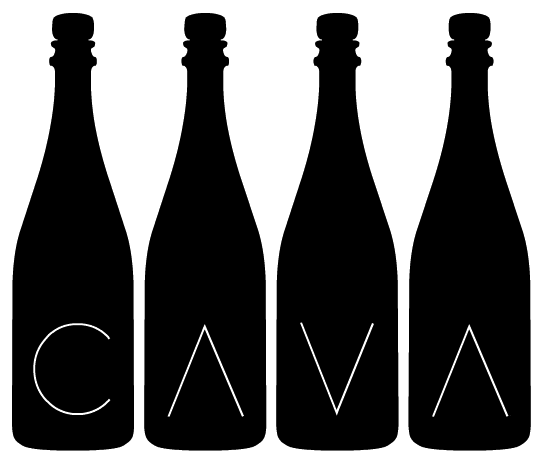 Here, the generic name “Cava” was not to be applied in a specific manner until the enactment of a new Rule in January 1966 approving the “Regulations for Sparkling and Gasified Wines”. This rule defines the word “Cava” to characterise the sparkling wines of the classical system of fermentation in the bottle and ageing in the cellar, and a consulting and ancillary body is set up of the General Directorate for Agriculture, called the Sparkling Wines Council, which acts as a link between the producing sector and the Government. Specifically, in its Article 5, it is established that “The producers of sparkling wines by the classical system of fermentation in the bottle and ageing in the Cellar may characterise their products with the Name of “Cava”, which is the distinctive brand for this system of production, after prior authorisation from the General Directorate of Agriculture”.
Here, the generic name “Cava” was not to be applied in a specific manner until the enactment of a new Rule in January 1966 approving the “Regulations for Sparkling and Gasified Wines”. This rule defines the word “Cava” to characterise the sparkling wines of the classical system of fermentation in the bottle and ageing in the cellar, and a consulting and ancillary body is set up of the General Directorate for Agriculture, called the Sparkling Wines Council, which acts as a link between the producing sector and the Government. Specifically, in its Article 5, it is established that “The producers of sparkling wines by the classical system of fermentation in the bottle and ageing in the Cellar may characterise their products with the Name of “Cava”, which is the distinctive brand for this system of production, after prior authorisation from the General Directorate of Agriculture”.
During the ’50s and ’60s Cava begins becoming a well-known product. An interesting fact is worthy of mention in this History of Cava and that is the case of “Spanish Champagne”, which occurred in the United Kingdom during the ’50s.
In the mid-’50s, the fact that a company was selling in the United Kingdom, with a certain amount of success, a wine labelled with the name of “Spanish Champagne”, began to draw the attention of the large companies distributing French Champagne, all of which took the case to the Courts.
At that time, the United Kingdom had not signed the Treaty of Rome, for which reason the rules for the denominations of European origin were not applicable in that country and in fact, other countries such as Australia, Germany, Russia or Cyprus had also sold and were selling products under the name of Champagne.
In 1958, in a first lawsuit, which was heard in the penal courts, a popular jury declared the Spanish company innocent, condemning the defendants to pay the costs for the court case. Nevertheless, the French industry continued with legal actions and in a second court case in 1960, this time through the civil courts, the Court ordered that the company desist from selling the sparkling wine in question under any description that included the word Champagne since the expression “Spanish Champagne” could confuse a part of British consumers.
This particular case brought an important precedent. As from that time, in the United Kingdom and the whole Commonwealth, the word Champagne could only be used to describe the wine produced in this region under the rulings of the AOC.
A few years later, in 1966, Spain ratifies and adheres to the Lisbon Agreement where the protection of certain geographical names is recognised and among these, that of “Champagne”. This position will be reasserted in the “Ratification Instrument of the Agreement between the Spanish State and the French Republic on the protection of the Denominations of Origin, an indication of origin and Denominations of certain products and Protocol” drawn up in Madrid in 1973.
With the future entry of Spain into the Common Market, the need arises for adapting the legislation on Cava to the community rulings. Due to this need, the Order of the 27th of February 1986 is published by which it is established that the Denomination “Cava” is reserved for quality sparkling wines produced by the traditional method in the region that is established therein. It was in this Order, specifically in its annexe, where the area of production is determined of the Determined Region for Cava and which is currently defined in the Regulation for Cava that is in force.
The incorporation of Spain into the CEE on the 1st of January 1986, signifies the recognition of Cava as a Quality Sparkling Wine Produced in a Determined Region (V.E.C.P.R.D.), a category in which are grouped all the first category or maximum quality sparkling wines and which are comparable to the Denominations of Origin and what it, in fact, means, is the recognition of the CEE, that Cava can only be produced in the Spanish State and provided that this is within what is known as the “Cava region”.